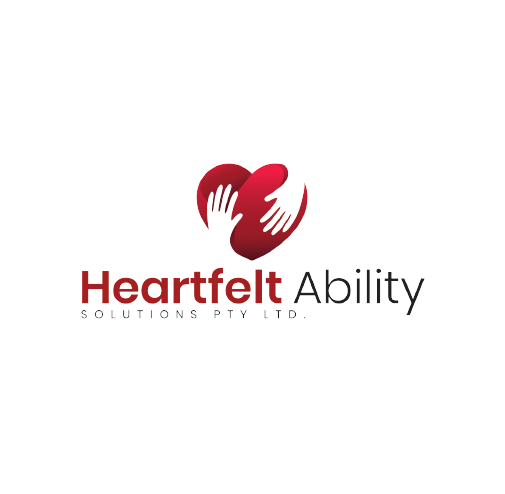Living comfortably and having easy access to your everyday tasks are both possible in a home. Accessibility, safety, and comfort considerations should be taken into account when building homes for people with impairments who need support to live independently. Heartfelt Ability offers helpful advice on how to redesign your space and increase accessibility for personal care duties like cooking and cleaning if you’re designing your first house and want to prioritize accessibility.
Creating Accessible Designs
Exits and Entrances:
For wheelchair users who need convenient access, ramps or elevators can be installed. Make sure the doors are big enough to fit a wheelchair. Falling and slipping is also avoided by using non-slip flooring materials.
Kitchen Design:
If you use a wheelchair, you can also design kitchen surfaces with lower counters or customizable heights. For easier access, install pull-out or movable shelves. They are more usable when they have handles that are simple to grab and faucets with lever handles. If you need assistance adjusting, Heartfelt Ability offers assistance with cooking. We can help you easily prepare your favorite meals and also assist with cleanup.
Bathroom Design:
Install grab bars near the bathtub, shower, and toilet to help with transfers and stability. If at all possible, incorporate transfer benches and roll-in showers or baths for wheelchair users. Make sure there is enough illumination and use slip-resistant flooring. Additionally, Heartfelt Ability offers assistance in developing your regular and personal hygiene routines.
Lighting and Color Contrast:
To make it easier for people with vision impairments to navigate the home, provide enough lighting throughout, especially in high-traffic areas and places designed for specific tasks.
Home automation technology
Where possible, use voice-activated devices or home automation. This will make it easier to regulate the lighting, temperature, and security systems. To encourage independence in daily duties, integrate assistive technologies such as voice-controlled appliances or devices.
The significance of inclusive and accessible spaces
Encourage Independence
People with disabilities can navigate their houses freely thanks to accessible and inclusive living spaces, which increases their confidence and self-esteem. We at Heartfelt Ability can assist in giving you individualized care based on your needs. Whether you require it constantly or only while you are learning how to live independently and in your own apartment.
Increasing Safety
Physical risks are minimized, accident risk is reduced, and emergency escape is made possible for all occupants thanks to well-designed spaces.
Enhancing Social Participation:
Inclusive venues promote social interaction and foster a feeling of community, removing obstacles that can prevent people with disabilities from taking part in activities with their peers.
In addition to being compliant, providing accessible and welcoming living places is essential to fostering the independence, dignity, and inclusion of people with disabilities in settings for assisted independent living. You may turn your area into a refuge that maximizes accessibility, safety, and comfort by putting the following techniques and considerations into practice. Designing homes that celebrate variety and enable everyone to thrive in their own environment will help to create a more caring and open society. Contact Heartfelt Ability today to learn more about our supported independent living services!

